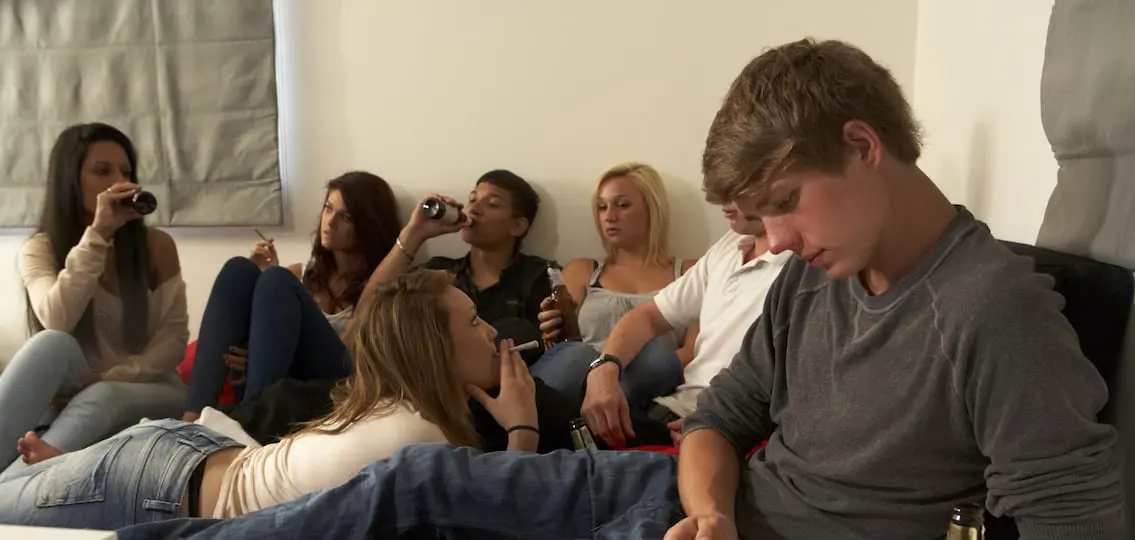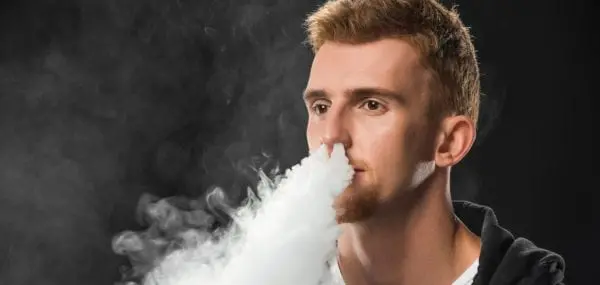Who better to update parents on the latest trends in teen risk taking than an emergency room doctor? Your Teen caught up with Dr. Erica Michiels, a pediatric emergency medicine specialist, at Helen DeVos Children’s Hospital in Grand Rapids, Michigan, to find out what’s going on.
Drugs:
Drugs still bring a lot of teenagers into the emergency room.

Drug use has changed a lot, and it’s hard for parents to keep on top of the different drugs that teenagers are using. We see a lot of teenagers who are abusing prescription drugs.
Parents need to know that the place where most teenagers are getting these drugs is in their own medicine cabinets. They are not necessarily getting them from a drug dealer. They are stealing them from their friends, parents, grandparents, and neighbors. The majority of what we see is not the illegal “street” drugs. but either prescription drugs being taken incorrectly or the designer drugs.
Teens find any prescription pain medication. They often have names like Vicodin, Percocet or Norco. Also, muscle relaxers, like Soma or Flexeril. And then unfortunately some things you don’t think of, like prescription cough syrups that contain narcotics. Some teenagers are also mixing over-the-counter cough-and-cold medications, which they drink alone or with prescription narcotics. That goes by the name of Purple Drank or Sizzurp.
Designer drugs are synthetic drugs that are not necessarily even illegal. You can buy them at head shops, truck stops, even online. But they are not less dangerous than a lot of the illegal drugs out there. A great example is K2 Spice, which is a synthetic form of marijuana*. Bath salts—a synthetic stimulant—is another example.
Alcohol:
Alcohol is a drug of choice for teens and a major source of teen risk taking.
There are now vaporized alcohol products, which is a dried form of alcohol that teenagers are sniffing. Lately, we’ve also seen teenagers soaking tampons in alcohol and then inserting them vaginally or rectally. That way, the alcohol absorbs into the body readily, but there is no odor of alcohol. So, it’s another way to sneak those substances.
Illegal substances:
Pot is still a huge one, and surprisingly easy to get ahold off. Heroin is also making a comeback. Some of that has to do with the crackdown on prescription drugs. It’s harder to get prescription drugs and heroin—which has the same active ingredient as some prescription drugs—is cheap right now.
I recommend that if you are seeing changes in your teenager’s behavior, including changes in hygiene, you take a closer look. Say your teenager has always paid attention to how he dresses and now he’s not. Well, you need to check in. Talk to your teenager’s teachers about how he or she is doing at school. Talk to the counselor. If you are suspicious, bring your teenager in for a talk with the pediatrician. Try to avoid just calling your teenager out; keep communication open and supportive so they will talk to you.
Mental Health:
We are seeing increased visits for mental health reasons, whether that’s depression, suicide, or even aggression.
Everybody is allowed a bad day, even a teenager.
Communication really is key in helping prevent so many of these problems. Make sure your teenager knows you are in their corner. You are always there for them. You want to have that relationship that they want to come to you. You want them to view you as a calm, reliable person who gives them information that is true. Not a person who is going to bully them and threaten them and fly off the handle if they admit to you that they have done something against the rules. Make it your goal to meet your teenager where they are and stay calm no matter what they say.
Sexual Activity/STIs:
Our children are inundated with sexual images in a way that we never were when we were growing up and this is one cause of teen risk taking. The way to deal with that is to talk about it. Every family can have this discussion, no matter what your moral or religious beliefs are. And every family can make sure their teenager knows that you are here to support them. You don’t want your teenager figuring this out on their own.
The amount of misinformation these teenagers are working with is astounding. We have teenagers who come in and think they literally did not do anything that would put them at risk for pregnancy or sexually transmitted diseases. They need the truth about sex and sexually transmitted diseases. Every family is going to have different beliefs about this subject, but just the fact that you are openly talking to your teenager about that goes a long way.
Threats do not work here. All they hear is, “I cannot talk to my mom or dad about sex.” But it doesn’t prevent them from having sex.
Car Accidents:
Up to 50 percent of motor vehicle accidents involving teenagers involve either intoxication or distracted driving. Talk to your teenagers about the dangers of driving under the influence and the dangers of driving while distracted … which includes using phones, but also having, say, five rowdy friends in the car. Teenagers are brand new drivers and they need to be fully focused on the road.
Also, remember, your teenager may be the driver, but she may also be the passenger. I recommend having a plan in place that allows your teenager to call you for a safe ride home. Make that plan and stick with it. If you tell your teenager she can call you at one o’clock in the morning for a safe ride home, and she does it, that is a time to praise your teenager for following through with a plan and not getting into a car with a dangerous driver. Praise them for making the safe decision in that moment.
You can talk about teen risk taking and the drugs and alcohol the next day, when your teenager is home safe.
When to Go to the Emergency Room:
In general, if it’s not an immediate life-threatening problem, you have time to call your doctor and get some advice. They can help direct you either to the emergency department if they think your child needs to be seen immediately or set up an appointment for you to be seen the next day. Certainly, if you feel that your child’s health or well-being is in immediate danger, then the emergency department is the place to be.

If your teenager is actively talking about harming himself, you need help right away. If your physician’s office is open, and they can see you, that is one direction you can go. Or you can bring your teenager to the emergency department. This is not something to sleep on. You need back up.
*Editor’s note: Since publication, many synthetic marijuana products have been federally banned.




